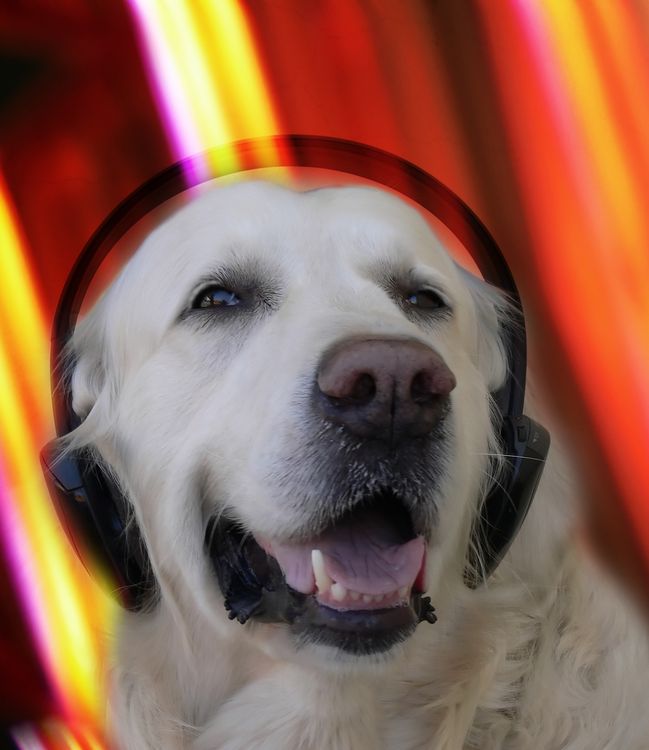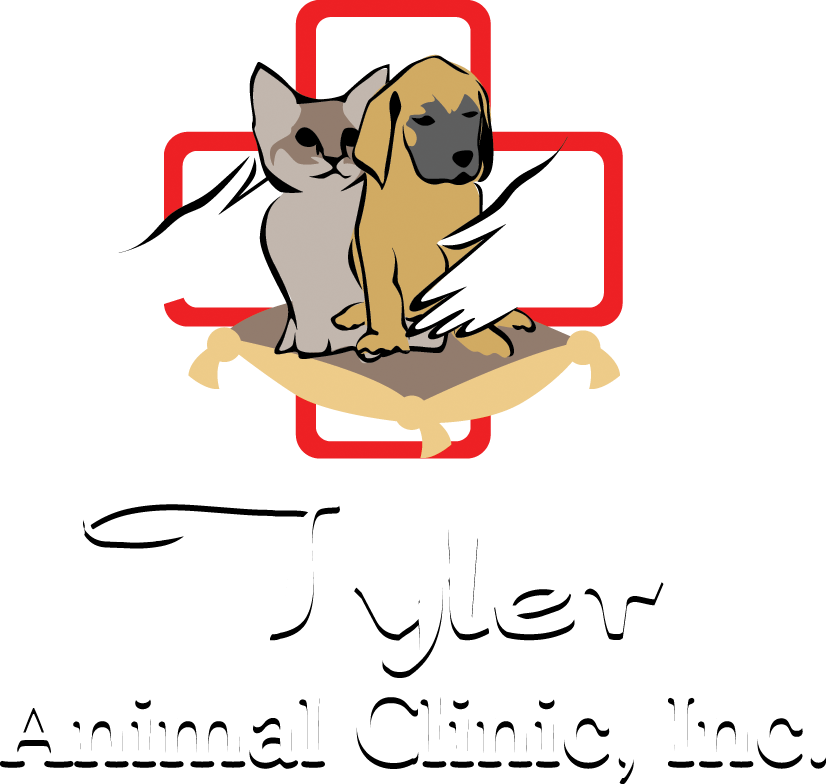|
Home Dental Care
"Brush What? My Dogs Teeth?" Of course, & Cats Too!
|

|
When it comes to dental disease in pets, an ounce of prevention is definitely worth a pound of cure! Dogs and cats have the same issues with their teeth that humans do. Plaque builds up very fast and spreads under the gums. Once this happens, the fire has been lit and the periodontal disease process has begun as well as the infection and pain that goes along with it. If you suddenly stopped brushing your own teeth, what would happen? What would your teeth look like after a year of neglect? How would your breath smell? Yuk!
Interventional dentistry and oral surgery can be very expensive. Dental infection and disease can be prevented or slowed way down by providing regular care at home. Brushing your pets teeth once a day will do wonders in keeping the dentist away! After a while, it just becomes a daily routine that requires little thought and little time.
Never use a toothbrush on the first day! The sensation of brushing is quite unnatural and even the best trained dogs will resist this until they get used to it.
Patience is a must! This must be fun or it will not work. Dogs are like toddlers when it come to mouth care. They have no idea why you're doing it but you still have to do it. If it takes a month or two to train your dog, that's ok. Be persistent, gentle and always reward after a session.
|
Helpful Tips
- No more table scraps or canned food!! Feed dry crunchy hard food only. There is absolutely no reason to feed canned food. Save yourself some money.
- Human toothpaste should never be used. It will be swallowed and fluoride is toxic.
- Be sure to use a toothpaste that is formulated for dogs and cats.
- Animals don't rinse and spit like people do so everything you put in the mouth must be able to be safely swallowed.
- You should examine your pets mouth frequently and get used to its appearance. Pastel pink and white should be the dominating colors. Hot pink, red and brown are abnormal colors and usually indicate disease (unless these colors are part of natural pigment). Black is a normal skin pigment in the mouth as long as it's smooth with no raised areas. Some cancers can be black in color.
- Use adjunct dental health products
- OraVet works very well. It applies a protective barrier to the surface of the tooth that prevents plaque from forming and it only needs to be done once a week. All you need to so is smear on a small amount to the upper teeth. Tongue movement and warmth then spread it around to the other teeth. We start puppies on this as soon as their adult teeth start to come in especially in Yorkies, Poodles and other small breed dogs as they are prone to developing dental disease at a young age. Sometimes we will instruct you to apply it more often in some cases where plaque builds up very quickly and brushing may not be possible.
- Chews and toys, for the most part, are beneficial in providing mechanical abrasion to the surface of the tooth to scrape of plaque as it forms. See the section on this website on chews and toys.
- Rinses and wipes that contain chlorhexidine, acetic acid, enzymes and/or surfactants are an excellent adjunct to daily oral care. Be sure to follow the instructions on the label or send us an e-mail with questions.
- Mouth care must be introduced in a way that makes if enjoyable for the pet. It's also easier to work with toothpaste before feeding.
We suggest giving a tiny bit of toothpaste as a fun treat for the first day or so. Then, take the paste with your finger and smear it on the front teeth for a few days. As each day passes, place the paste further back in the mouth as your pet gets used to the idea. After a week or so, when it seems that your dog or cat is willing to accept this, try a brush but only on the front teeth for a while, then the upper teeth moving toward the back. The idea here is to introduce brushing gradually and give lots of praise for cooperation. Stop as soon as tolerance wanes and NEVER scold an animal for not tolerating brushing. This is a very un-natural sensation for them and scolding them will make this a daily bad experience. They will need time to get used to this. Be patient! It may take weeks or months. Make a game out of it where your pet always wins.
Always brush in slow gentle circles being sure to get the gumline where the teeth and gums meet and, most importantly, the teeth all the way in the back. We find it easiest to start with a finger brush instead of a conventional toothbrush. This allows you to "feel" the tooth that you are scrubbing and prevents you from jabbing blindly at the back of the mouth causing pain.
Anytime there is concern that your pet might bite you, use common sense. Do not place yourself in danger. It's very rare for a dog to be compelled to bite its owner but there are always a few out there that just won't tolerate much handling at all. You know your pet best.
| 



